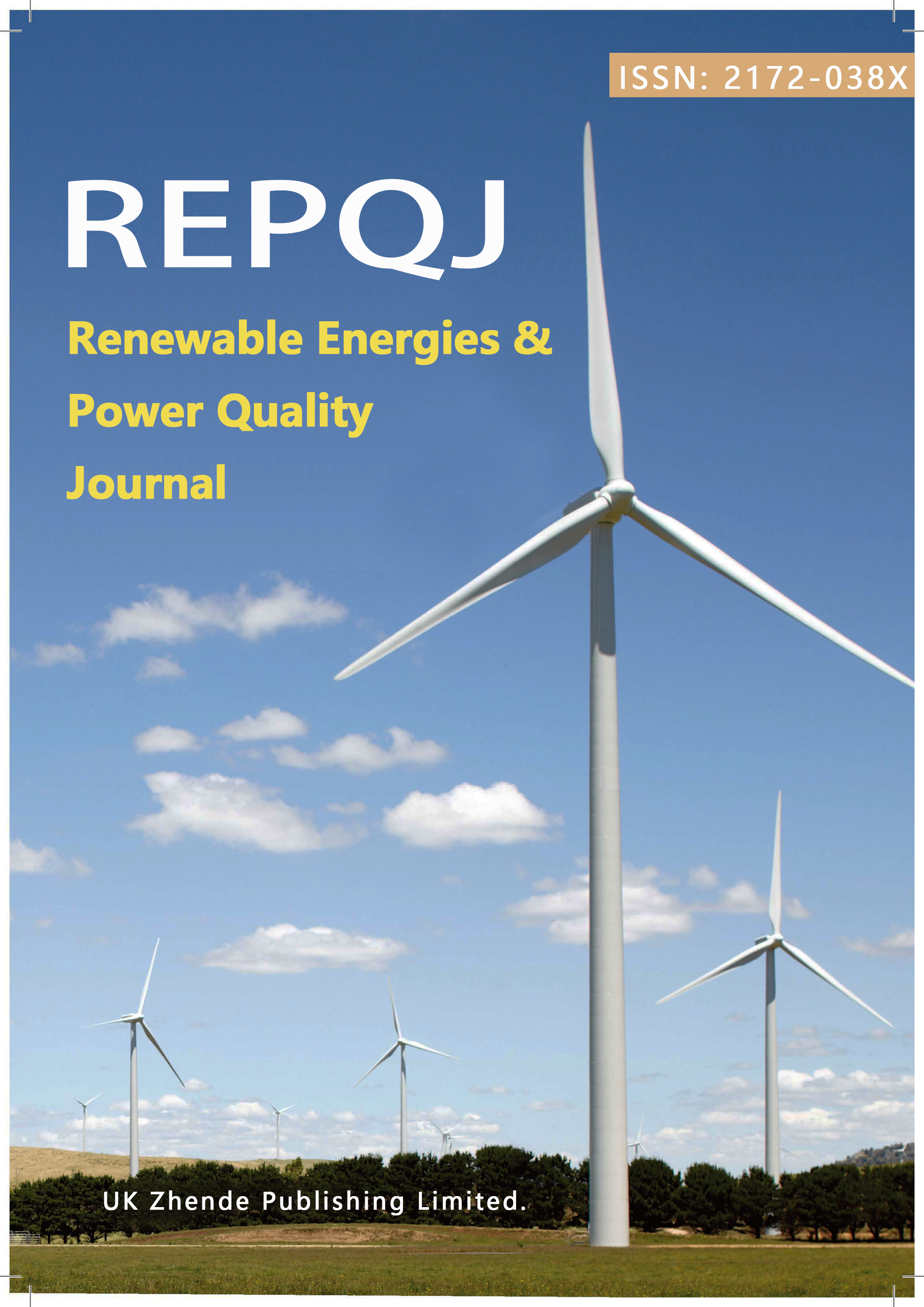Design of a solar mango dryer for rural sectors located in Piura-Peru
DOI:
https://doi.org/10.24084/repqj21.427Keywords:
Indirect solar dryer, dehydrated mangos, numerical simulation using CFD, renewable energy-solarAbstract
In the present study, the energy design of an indirect solar dryer with the capacity to dehydrate 10 kg of mango was carried out. The methodology used was based on calculations of heat transfer, thermodynamics and dimensioning of the main components which are the solar collector and the drying chamber. As results, it was analyzed that the ambient air must enter the collector with a minimum speed of 1.175 m/s; the air increases its temperature to approximately 45 °C when passing through the collector thanks to the energy in the form of heat that is supplied, this energy being 1.363 kW, the drying process time was established in 8 hours and the environmental conditions in the Piura region were considered. Additionally, simulations were carried out that allow to know the behavior of the drying air inside the drying chamber, allowing to analyze and discuss the reason for the results that are observed graphically and numerically. It is concluded that the indirect solar dryer is a friendly option with the environment since renewable energy such as solar energy is used, thus replacing traditional dryers that generate polluting gases or use electrical sources.











